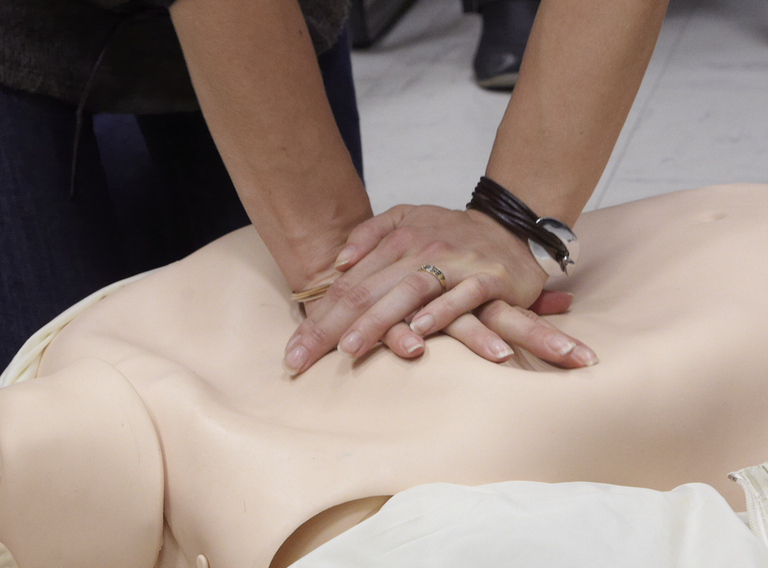
CESU [Pédagogie]
The Effects of an Immersive Virtual Reality Application
1 documentPublié le
The-Effects-of-an-Immersive-Virtual-Reality-Application.pdf (.pdf, 432,8 Ko)
Medical procedures require skilled reliability, precision, and efficiency. One way in which techniques could be taught to address these requirements is through immersive tutorials in virtual reality (VR), that employ a 3D video (filmed from the first-person point-of-view [FPV]), which is then displayed through an immersive VR application (IVRA-FPV). The present study assessed the pedagogical value of the IVRA-FPV training that taught participants how to implement a lumbar puncture. This procedure was recorded and the corresponding IVRA-FPV tutorial was produced. Medical users/learners (N = 89) were subjected to a prospective randomized comparative study comprised of one group that was assigned to the traditional lecture (n = 44) and the other group to the IVRA-FPV tutorial (n = 45). Each participant was then evaluated as they demonstrated the technique on a mannequin
to assess their applied learning skillset generalization. Participants that attended the traditional lecture exhibited better answers during oral examination (p < 0.001). There was a trend with no significant difference regarding the evaluation of their applied learning skillset generalization (p = 0.78 n/s). When evaluating the applied learning outcomes for implementing the lumbar puncture, the IVRA-FPV group performed the procedure more efficiently with less errors and in less time (p < 0.01). These findings suggest that the IVRA-FPV training may increase the efficiency, by which a larger number of professionals can, in a short time-period, implement techniques reliably and correctly in real-world situations, without the need for expensive equipment.
Keywords : Computer assisted instruction · Educational technology · Lumbar puncture · Medical education · Simulation training · Surgical training · Video-based learning · Virtual reality


